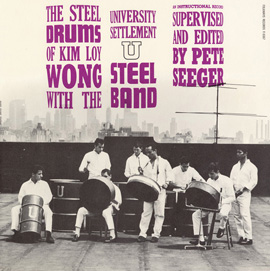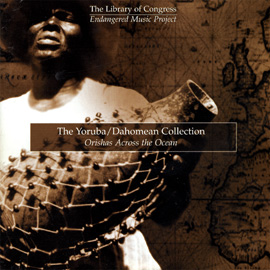Summary
Students will identify and discuss steel pans and steel and style. Students will find Trinidad on a world map. Students will play a typical rhythmic/harmonic steel band pattern and learn to play a sustained melody in steel band style.
Suggested Grade Levels: 3-5, 6-8
Country: Trinidad & Tobago
Region: Caribbean
Culture Group: Trinidadian
Genre: Steel bands
Instruments: Maracas, Metallophones
Language: English
Co-Curricular Areas: Social Studies
National Standards: 1, 2, 3, 5, 6, 7, 8, 9
Prerequisites: None
Objectives:
- Understand steel band music & re-create on metallophones
- Learn and play/sing a typical children’s game song from Trinidad
- Learn about the history and purpose of calypso music
- Evaluate and perform “Begin the Beguine”
Material:
- “Gun Slinger” by Kim Loy Wong from Kim Loy Wong and his Wiltwyck Steel Band (Cat. # FW03834)
- “I Los My Glove” by Various Artists from Caribbean Songs and Games for Children (Cat. # FW07856) (Transcription provided below)
- “Picong Duel” by Lord Melody and King Sparrow from Calypso Awakening from the Emory Cook Collection (Cat. #SFW40453)
- “Begin the Beguine” by Bamboushay Steel Band from Bamboushay Steel Band (Cat. #FW03835)
- “Begin the Beguine” by Joe Sullivan from The Musical Moods of Joe Sullivan: Piano (Cat. #FW02851)
- “Begin the Beguine” by Smithsonian Jazz Masterworks Orchestra from Tribute to a Generation: A Salute to the Big Bands of the WWII Era (Cat. #SFW40817)
- “Begin the Beguine” by The Invaders from Steel Band in San Juan (Cat. # COOK01101)
- Map of the Caribbean & Trinidad
- Transcription of steel band pattern by Pete Seeger
- Elder, J.D. (1962). Song Games from Trinidad and Tobago. The American Folklore Society
- Joseph, L. (1991). A wave in her pocket: Stories from Trinidad and Tobago. New York: Clarion Books
- Lord Melody biography
- King Sparrow biography
- Alan Lomax’s An American Patchwork Series: The Land Where the Blues Began, Toasts segment
- “Gypsy in the Moonlight” by Various Artists from Caribbean Songs and Games for Children (Cat. #FW07856)
- Transcriptions provided below
- Elder, J.D. (1962). Song Games from Trinidad and Tobago. The American Folklore Society.
- Joseph, L. (1994). The mermaid’s twin sister: More stories from Trinidad and Tobago.
- >New York: Clarion Books.
Lesson Segments:
- 1. Gun Slinger (National Standards 2, 5, 6, 8, 9)
- 2. I Los’ My Glove (National Standards 1, 2, 6, 8, 9)
- 3. Lord Melody & King Sparrow (National Standards 6, 7, 8, 9)
- 4. Begin the Beguine (National Standards 1, 2, 3, 5, 6, 7, 8, 9)
- 5. Gypsy in the Moonlight (National Standards 1, 6, 7, 8, 9)
1. Gun Slinger
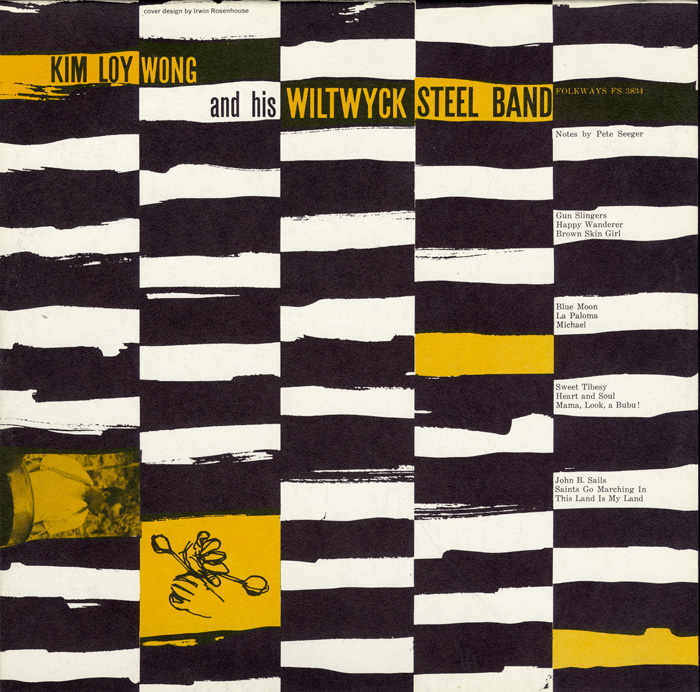
“Gun Slinger”
from Kim Loy Wong and His Wiltwyck Steel Band (1959) | FW03834
- Attentive Listening: Students will listen to a recording of “Gun Slingers”
- What kinds of instruments do you hear?
- What do you think they are made of?
- How do the musicians create a sustained sound?
- Integrating World Music: Teacher shows maps of the Caribbean and Trinidad
- Integrating World Music: Teacher shows pictures of steel drums and if possible, allows students experiment with an actual steel drum
- Engaged Listening: Students will patsch along with shaker part, following teacher demonstration
- Enactive: Students will play shakers along with recording
- Creating World Music: Experiment on metallophones
- Play simple melodies (i.e. “Hot Cross Buns”) on metallophones, using a repeated roll on each note to sustain the pitches
- Add maracas and simulated brake drum
- Creating World Music: Students will perform a typical steel band rhythmic/harmonic pattern, as transcribed by Pete Seeger (see transcription), using metallophones, shakers, and a simulated brake drum (metal chair leg)
Assessment:
Authentic assessment of final performances
Steel Band Riff
Reproduced from liner notes of
Kim Loy Wong and his Wiltwyck Steel Band
arr. Pete Seeger

2. I Los’ My Glove
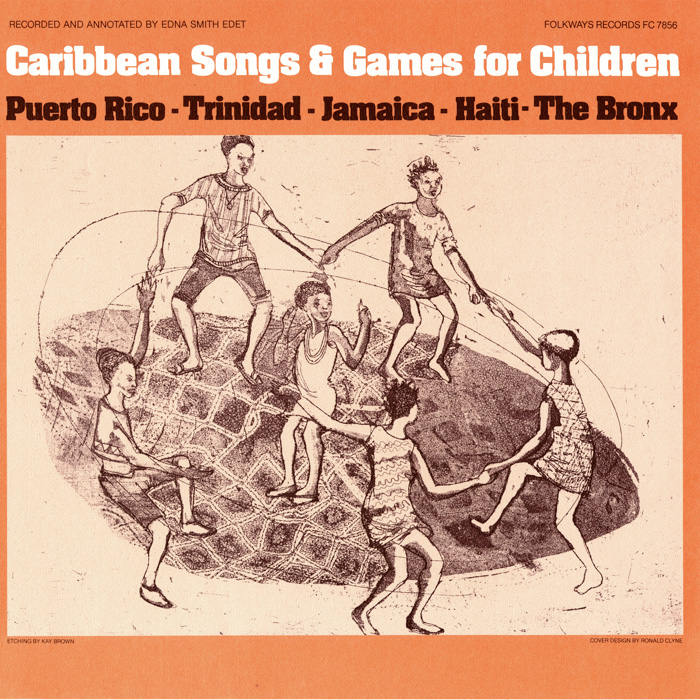
“I Los my Glove”
from Caribbean Songs and Games for Children (1978) | FW07856
- Integrating World Music: Review maps and steel band
- Engaged listening: Students play shaker and simulated brake drum along with recording of “Gun Slingers”
- Attentive listening: Students listen to field recording of “I Los’ My Glove”
- Who is singing?
- Can you describe the quality of the recording?
- Does it sound like it was recorded in a studio?
- Discuss field recordings
- Enactive Listening:Students learn song by rote and sing along with recording
- Creating World Music: Students sing song as a call and response song
- Teacher sings first phrase, students respond
- Student soloist sings first phrase and students respond
- Assess pitch-matching
- Creating World Music: Students play game as follows (adapted slightly for the public school setting):
- Players sitting in a ring, “Peter” walking around outside of ring while players sing
- At “Drop, Peter, Drop,” Peter drops a handkerchief or beanbag into the lap of the nearest player.
- The chosen player must chase Peter around the circle and tag him before he reaches the vacated place in the ring.
- The chosen player becomes the new Peter and the game repeats
- Integrating World Music: Read aloud a story from A Wave in her Pocket: Songs from Trinidad and Tobago (Joseph, 1994).
Assessment:
Assess pitch-matching during call and responses solos

3. Lord Melody & King Sparrow
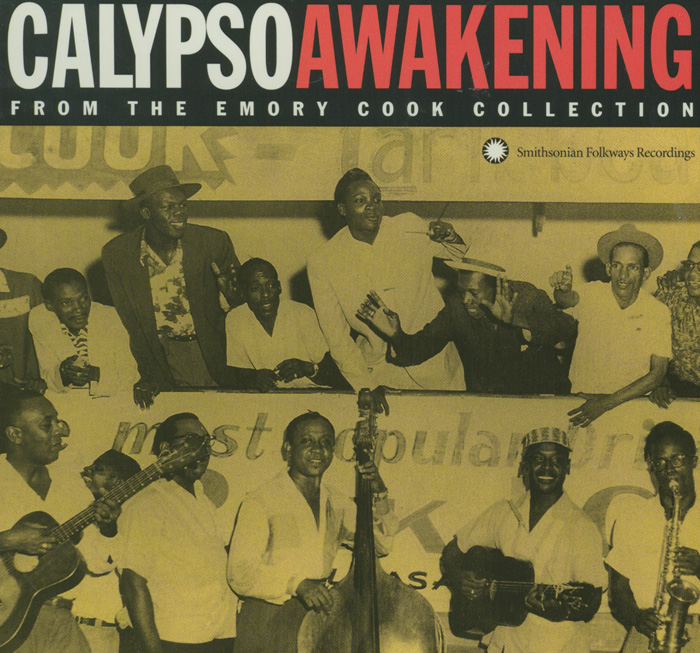
“Picong Duel”
from Calypso Awakening from the Emory Cook Collection (2000) | SFW40453
- Integrating World Music: Read Lord Melody biography
- Integrating World Music: Read King Sparrow biography and show pictures
- Attentive listening: Listen to Picong Duel by Lord Melody and King Sparrow
- Listen to the insults the two performers exchange.
- Integrating World Music: Discuss lyrics and insults.
- Integrating World Music: Talk about African American tradition of “the dozens” or “signifying.” Supplement here with examples from African American film culture
- Integrating World Music: Show “Toasts” segment from Alan Lomax’s An American Patchwork Series, The Land Where the Blues Began
- What are toasts? Rapid fire delivery of lyrical, poetic statements and stories with veiled, often political meaning or roots in Black pride
- Can you think of other traditions like this? The dozens, kudeketera, calypso
- This tradition birthed what modern musical forms? Reggae and rap
- Integrating World Music: Compare forms of verbal dexterity across cultures: African American dozens, Shona kudeketera, calypso picong, rap, proverbs
Assessment:
Assess verbal responses during discussion periods
4. Begin the Beguine
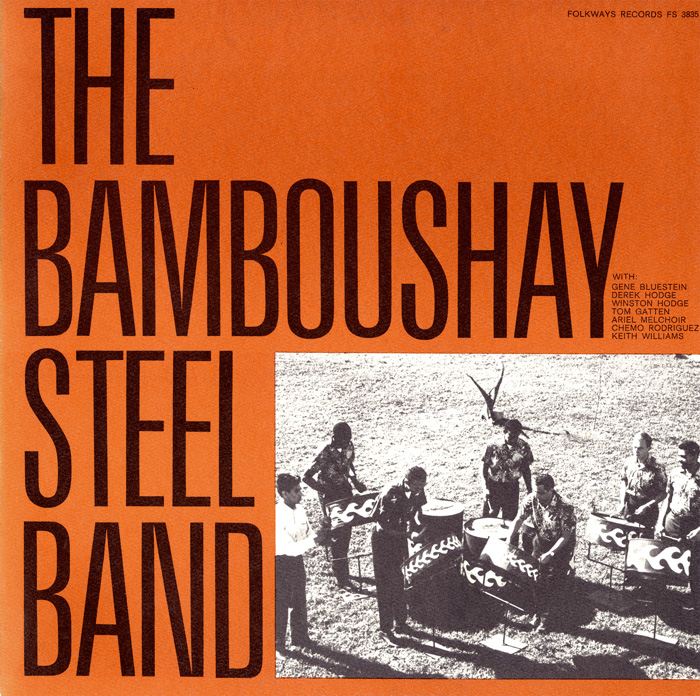
“Begin the Beguine”
from Bamboushay Steel Band (1962) | FW03835
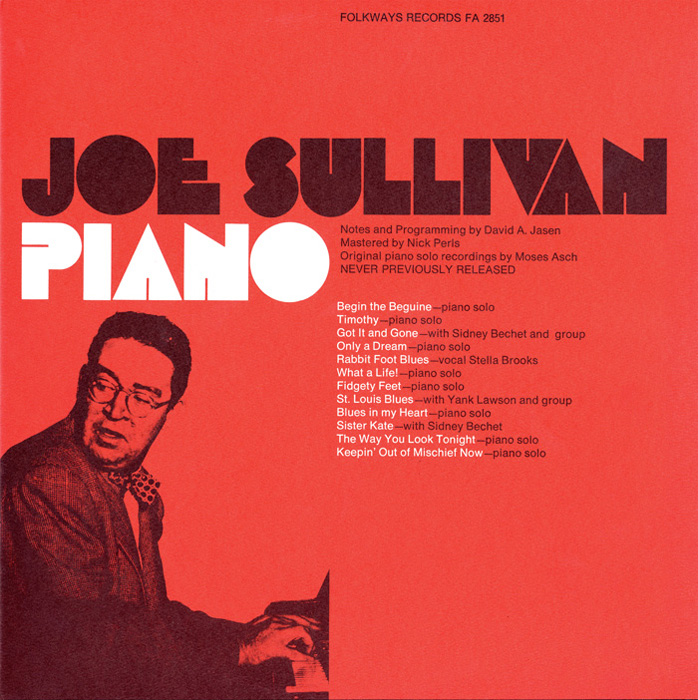
“Begin the Beguine”
from The Musical Moods of Joe Sullivan: Piano (1973) | FW02851
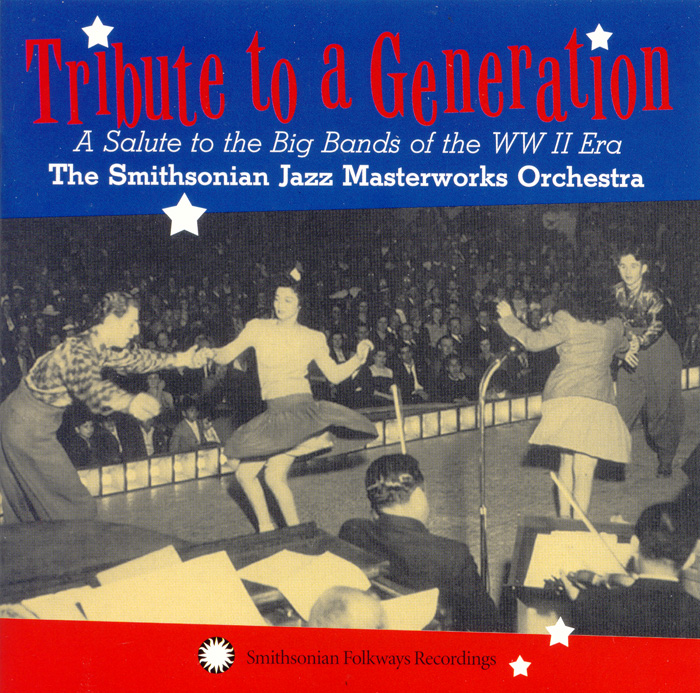
“Begin the Beguine”
from Tribute to a Generation: A Salute to the Big Bands of the WWII Era (2004) | SFW40817
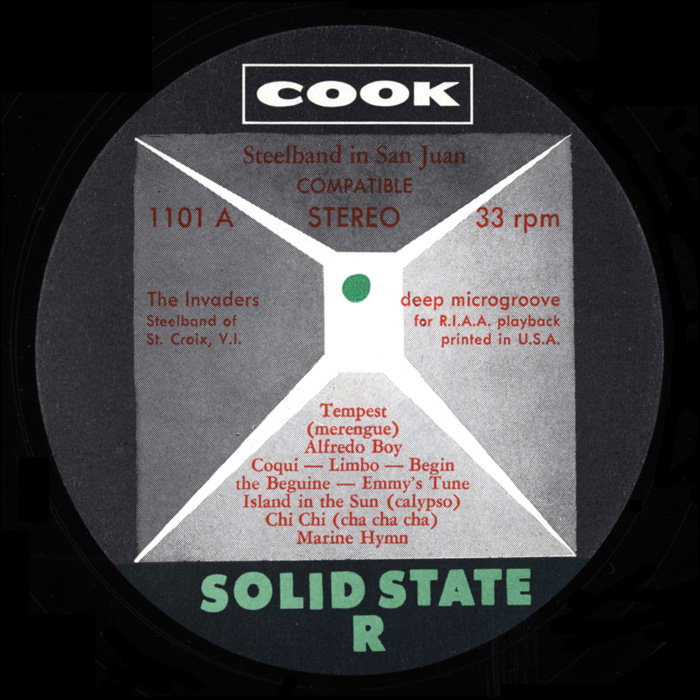
“Begin the Beguine”
from Steel Band in San Juan (1964) | COOK01101
- Attentive Listening: Students will listen to four versions of Begin the Beguine
- Identify the instruments and ensembles heard
- Compare and contrast styles
- Enactive Listening: Students will learn Begin the Beguine and sing along with the recording
- Creating World Music: Students will play Begin the Beguine on the metallophone, mastering the rolled technique for sustaining pitches
- Creating World Music: Students will accompany the melody with other barred and percussion instruments (see transcription)
- Integrating World Music: Students will read about steel band history during WWII found in the liner notes of The Steel Drums of Kim Loy Wong
Assessment:
Assess final performances of learned piece
Begin the Beguine in C, Steel Band Style for Orff
5. Gypsy in the Moonlight

“Gypsy in the Moonlight”
from Caribbean Songs and Games for Children (1978) | FW07856
- Enactive Listening: Listen to the recording of “Gypsy in the Moonlight”, keeping steady beat
- Attentive Listening: Listen to the recording of “Gypsy in the Moonlight”
- What is the story of the song?
- When does the gypsy come home?
- Learn song by rote (transcription provided below and in Song Games from Trinidad (Elder, 1962)).
- Creating World Music: Play game as follows (Adapted slightly for classroom use):
- Players standing in a ring, “gypsy” walks around the outside, while players sing verse one and point.
- At “Walk in,” gypsy enters the ring and continues circling inside the ring. Players can join hands and circle in the opposite direction if desired.
- Gypsy sings the third verse as a solo and chooses a partner.
- Gypsy and chosen partner dance in the ring, while the rest of the players clap and sing
- Integrating World Music: Read aloud a story from The Mermaid’s Twin Sister: More Stories from Trinidad and Tobago (Joseph, 1994).
- Creating World Music: Final performances of learned pieces including “Begin the Beguine”, the steel band style groove, and game songs.
Assessment:
Assess pitch-matching during solo verse of game song
Assess final performances of known pieces

Suggested Resources
Smithsonian Folkways Resources:
Bamboushay Steel Band (1962). Bamboushay Steel Band [Sound Recording]. Folkways Records, FW03835.
Champion Steel Bands of Trinidad (1957). Champion Steel Bands of Trinidad [Sound Recording]. Cook Records, COOK01046.
Drums of Trinidad (1956). Drums of Trinidad, Calinda [Sound Recording]. Cook Records, COOK01045.
Mighty Sparrow (1959). King Sparrow’s Calypso Carnival [SoundRecording]. Cook Records, COOK00920.
Lord Invader (1959). There’s a Brown Girl in the Ring and Other Children’s Calypso Songs [Sound Recording]. Folkways Records, FW07262.
Video Recording:
Villon Films (1987). Pan in “A” minor: Steelbands of Trinidad. Iskra Films.
Survey of Carnival and the annual Panorama steel band festival. Interviews musicians and pan makers. Discusses historical links to African percussion.
Books:
Blake, F.I.R. (1995). The Trinidad and Tobago steel pan: History and evolution. Spain: Grafiques.
Dudley, S. (2008). Music from behind the bridge: Steel band spirit and politics in Trinidad and Tobago. New York: Oxford University Press.
Dudley, S. (2004). Carnival music in Trinidad: Experiencing music, expressing culture. New York: Oxford University Press.
Elder, J.D. (1965). Song games from Trinidad and Tobago. American Folklore Society.
Hill, D.R. (1993). Calypso calaloo: Early carnival music in Trinidad. Gainesville: University Press of Florida.
Stuempfle, S. (1995). The steelband movement: The forging of a national art in Trinidad and Tobago. Philadelphia: University of Pennsylvania Press.
Journal Articles:
Aho, W.R. (1987). Steel band music in Trinidad and Tobago: The creation of a people’s music. Latin American Music Review, 8(1), p. 26-58.
Brown, E.D. (1990). Carnival, calypso, and steelband in Trinidad. The Black Perspective in Music, 18(2), 81-100.
Delano, P. (1998). Images of Trinidad: Carnival 1997. The Drama Review, 42(3), p. 74-81.











